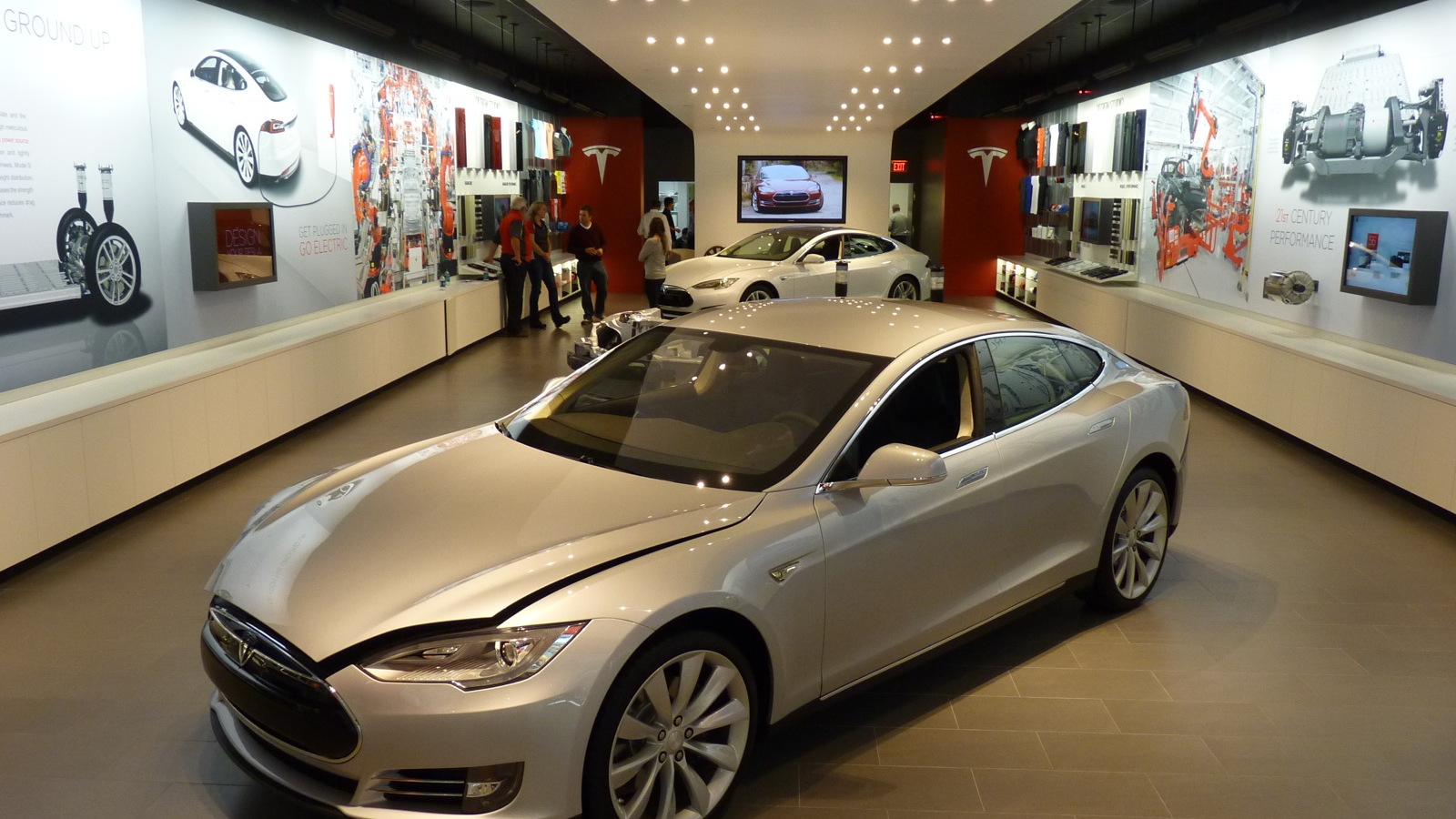
Tesla, the electric vehicle pioneer led by Elon Musk, is once again under intense legal scrutiny — this time for a system that allegedly leverages artificial intelligence to quietly inflate mileage readings on its vehicles. The implications are alarming: by overestimating how far customers drive, Tesla may be accelerating the expiration of warranties and leaving owners to shoulder expensive repair costs on their own.
What’s worse, the lawsuit suggests this is not a one-off glitch but a systemic pattern potentially affecting over a million vehicles.
The central allegation is chilling in its simplicity: Tesla’s odometer doesn’t just track real-world distance. Instead, it relies on AI-driven algorithms that estimate mileage based on a mix of energy consumption, driving behavior, and predictive modeling. That estimated mileage, according to the lawsuit, is often significantly higher than the distance drivers actually cover.
In some cases, owners claim to have driven just 20 miles, only to find their vehicle logged 72. That discrepancy isn’t just a digital error — it can be worth thousands of dollars.
The lawsuit, filed by California resident Nyree Hinton, puts this abstract manipulation into sharp financial focus. Hinton alleges that the AI-based odometer on her 2020 Model Y inflated her daily driving distance by more than three times, triggering the early expiration of Tesla’s 50,000-mile warranty.
The result? A $10,000 repair bill for a suspension failure that, under accurate tracking, should have still been covered.
If these claims are proven in court, it would mean Tesla has used its software advantage not to benefit customers, but to extract additional revenue by denying them rightful warranty coverage. In other words, the very technology that Tesla promotes as revolutionary may be quietly rigged against the people who pay for it.
The lawsuit has already been elevated to federal court in Los Angeles and seeks class-action status. With more than 1,000,000 potentially affected vehicles in California alone, the financial exposure could be immense.
Early estimates suggest hundreds of millions in potential liability — not to mention damage to Tesla’s reputation as a leader in trustworthy innovation.
In most vehicles, an odometer is a straightforward mechanical or digital tool that logs actual distance traveled. But Tesla’s vehicles, packed with sensors, cameras, and machine learning algorithms, operate differently.
According to the complaint, the company’s mileage system is tied not to direct GPS or wheel rotations but to an internal energy consumption model that attempts to “predict” distance rather than simply measure it.
While this might sound like a clever engineering trick, it raises disturbing questions. Why would an automaker rely on estimations when hard data — like wheel rotations or GPS — are readily available?
The lawsuit argues that Tesla’s system doesn’t just err on the side of caution; it consistently overestimates mileage, especially in ways that directly benefit Tesla’s bottom line. For customers, the cost is steep.

Once a vehicle’s reported mileage crosses 50,000 miles, it exits basic warranty coverage. Repairs on high-tech vehicles like Teslas are notoriously expensive — and owners often have no third-party options due to proprietary parts and software locks.
The result is a win-win scenario for Tesla and a lose-lose for drivers: the company reduces its warranty obligations while pushing customers toward costly repairs, extended warranties, or even trade-ins. In effect, Tesla’s AI might be programmed to treat warranty coverage like a ticking time bomb — one that detonates earlier than expected.
Tesla has not publicly commented on the lawsuit, nor has it admitted to any wrongdoing. However, this isn’t the first time the company’s software has raised eyebrows.
Past complaints have targeted Tesla’s Autopilot labeling, full self-driving promises, and even range estimates — which some owners claim are inflated to improve sales metrics.

Yet this latest controversy is different. Mileage is a critical metric in the auto industry, tied directly to vehicle depreciation, warranty eligibility, and leasing terms. If Tesla is knowingly inflating this figure, regulators could view it as a deceptive business practice — potentially inviting penalties beyond civil liability.
Legal analysts warn that Tesla’s use of arbitration clauses in user agreements may limit how far the case can go in court, but public backlash could still be damaging. Additionally, if discovery reveals internal documents showing that Tesla was aware of the mileage inflation or trained its AI systems to prioritize shorter warranty windows, the consequences could include class-wide restitution, regulatory reforms, and congressional hearings.
One of the more disturbing implications of this lawsuit is the role AI may be playing in shifting corporate accountability. If a company can blame a machine learning algorithm for a harmful outcome, who takes responsibility?
In Tesla’s case, the system appears to operate as a black box: customers have no visibility into how their mileage is calculated or corrected. There’s no audit trail. No transparency. Just a number on the screen — and a repair bill when that number passes 50,000.

The use of AI to manage such critical systems creates a troubling precedent. If AI can determine how much life your warranty has left, it can also be weaponized to shorten that life, skew resale value, or upsell insurance coverage.
For Tesla, which is expanding its in-house insurance division, the potential for abuse is massive.
Consumers are waking up to this reality. The lawsuit doesn’t just ask for damages; it demands greater transparency, system audits, and a rethinking of how automated systems should interact with human customers. In short, it’s not just about odometers — it’s about the rules of trust in an AI-powered marketplace.
This lawsuit adds to a growing portfolio of legal challenges for Tesla. From labor disputes to autopilot accidents, the company is no stranger to controversy. Yet the odometer scandal may represent a more personal betrayal. It doesn’t involve accidents or ambiguous promises. It involves something drivers look at every day: the mileage on their dashboard. And now they’re being told that number might be a lie.

Wall Street has so far responded cautiously, but analysts warn that if the lawsuit gains traction, Tesla’s liability could balloon rapidly. Extended warranty revenues — a growing slice of Tesla’s profit model — could come under investigation. Consumer protection agencies may step in.
And the broader question of algorithmic manipulation in warranty management could trigger a wave of regulatory oversight across the tech-auto industry.
Tesla’s brand has long been built on the promise of transparency, innovation, and empowerment. But if its AI is being used to quietly chip away at consumer rights, that brand could be irreparably damaged.
The Tesla odometer lawsuit is more than a legal challenge. It’s a referendum on how technology is used — and abused — in the hands of powerful companies. When algorithms are deployed not to enhance service but to extract value from unsuspecting users, the result is digital exploitation disguised as innovation.
If Tesla is proven to have used AI to inflate mileage and cut warranty timelines, the backlash could redefine the role of artificial intelligence in the automotive world. It could also mark a turning point in consumer protection, where regulators begin demanding not just transparency, but accountability — even from the machines.
Until then, one thing is clear: when you drive a Tesla, you may want to double-check how far you’ve really gone. Because behind every mile, there could be an algorithm — and a hidden invoice waiting to drop.


-1742653910-q80.webp)
-1747623652-q80.webp)

-1747904625-q80.webp)